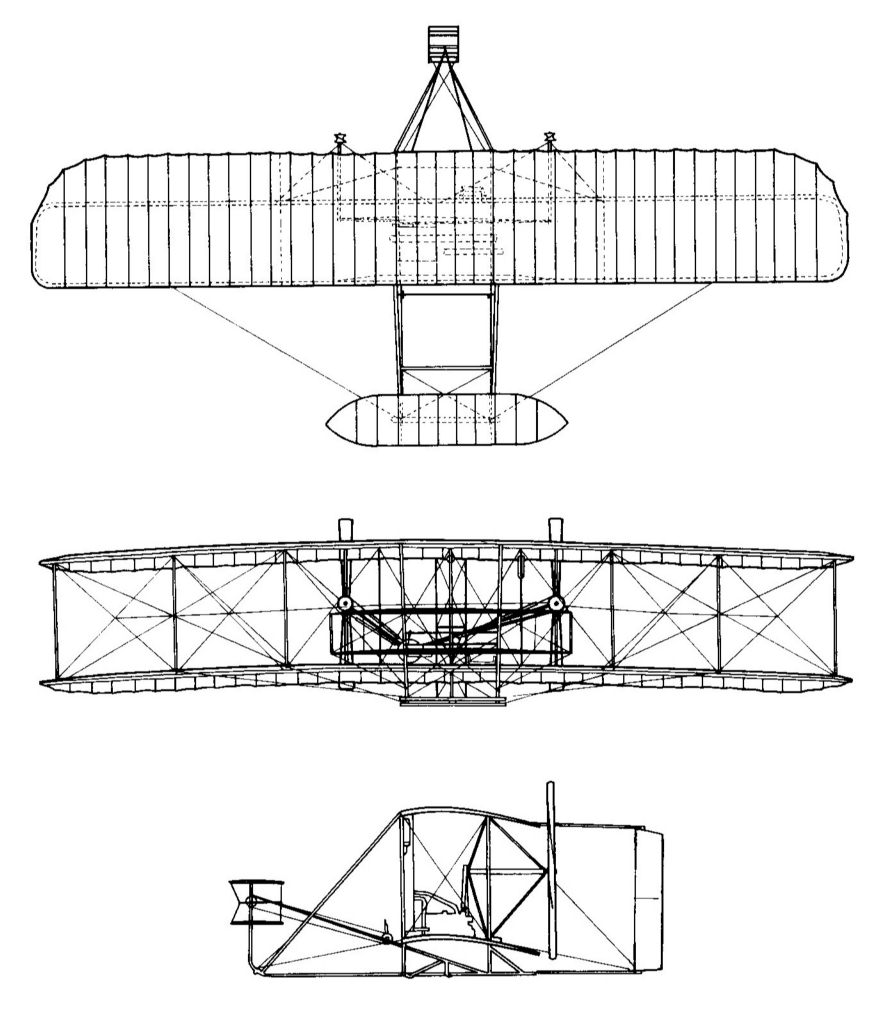The Model F was the world’s first licensed aircraft manufactured in the United States, thanks to an agreement between the Burgess Company and the Wright Brothers.
This aircraft is a replica of the Burgess-Wright Model B Flyer, which the Burgess Company renamed their Model F Flyer and started manufacturing in 1910. The Flyer was a result of an agreement between Burgess and the Wright brothers, making the Burgess Company the first licensed aircraft manufacturer in the United States. Over 100 of these Model F Flyers were built for military and commercial use.

Serial Number: 69115
Manufacturer: Burgess Company
Crew: One
Engines: Wright Water-Cooled, Four-Cylinder In-Line
Wingspan: 38 feet 6 inches
Length: 8 feet 9 inches
Height: 29 feet
Weight: 1,270 pounds
Speed: 42 mph (maximum)
Range: 110 miles
Service Ceiling: Unknown
Armament: None
Cost: $5,000 (approximately)
By 1910, Utah had seen its first flight by a manned aircraft and, soon after, demonstrations and competitions began springing up around the state. In 1911, an aviation carnival was held in Salt Lake City’s Bonneville Park, which included Utah’s first race between the Wright and Curtiss flight teams. During the weeklong event, both teams demonstrated the abilities and applications of their flying machines, including a hydroplane liftoff from the Great Salt Lake and various bombing demonstrations. In 1999, the Aerospace Heritage Foundation of Utah acquired this aircraft from the Owls Head Transportation Museum in Maine and it was put on display at Hill Aerospace Museum soon after.
The Model F was the world’s first licensed aircraft manufactured in the United States, thanks to an agreement between the Burgess Company and the Wright Brothers.
The flyer had a top speed of 45 mph and a range of 110 miles.
Approximately 100 were produced.